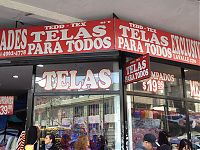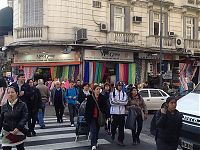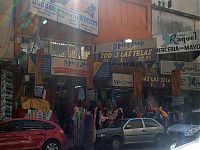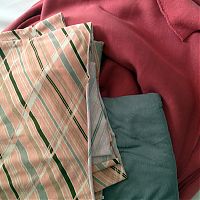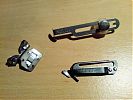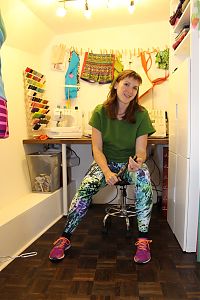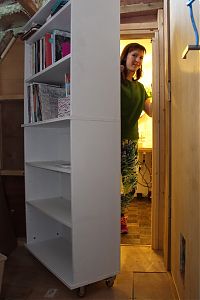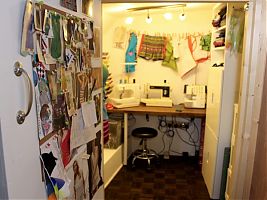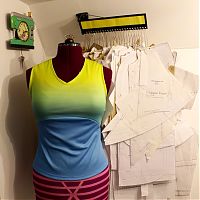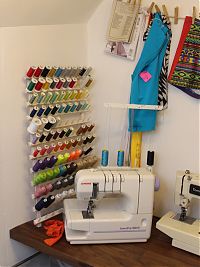No small feet
I was planning on next sewing up a long-sleeved linen shirt for James using BurdaStyle’s Jakob pattern, but having read through Shirtmaking: Developing Skills for Fine Sewing by David Page Coffin, I soon realised that all my previously sewn shirts were terribly amateur and that I’d learned SO MUCH in just reading the first ten pages that I’d now longer be able to go back to my own ignorant ways after eating from the tree of knowledge.
One of the things Coffin said is absolutely necessary is a felling foot for your sewing machine, which I don’t have. These seem to be a rare item for non-Pfaff machines in the UK, so I’ve had to buy one off American eBay (along with a rolled hem foot from the same seller, which Coffin also recommends).
Before I bought the feet, I had a quick rifle through my sewing machine feet box first to see if I already had them and just didn’t know what they were. When I got my sewing machine from my sister-in-law, she threw in a little plastic box full of feet and spare bobbin casings and screwdrivers and all sort of random pieces that she thought went with the machine. Some I’ve been able to identify, but others are still a mystery, so I’m hoping some of you will be able to help me out…
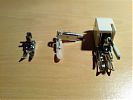
The A Team – the feet I use all the time! From left to right: the standard foot, the adjustable zipper foot, and the walking foot

